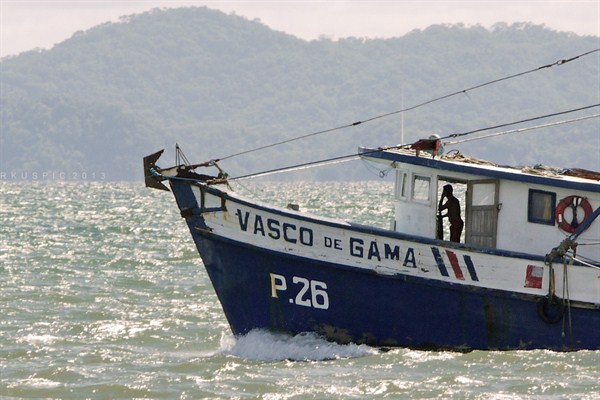In May, Costa Rica’s National System of Conservation Areas tested the use of unmanned aerial vehicles to monitor collect evidence of illegal fishing and poaching. In an email interview, Marco Quesada Alpízar, the director of Conservation International’s Costa Rica program, discussed Costa Rica’s fishing industry and fisheries policy.
WPR: What is the current state of Costa Rica’s fishing industry?
Marco Quesada Alpízar: Over 90 percent of Costa Rica’s fishing industry operates on the Pacific coast. The main fishing fleet comprises small-scale operations, composed of thousands of fishermen—4,000 to 6,000 in the Gulf of Nicoya alone—30 to 50 percent of which probably do not have a fishing license. There is a longline fishing fleet of over 400 boats, which targets mainly mahi mahi, tuna and sharks. There is also a shrimp-trawling fleet of approximately 40 active boats, which produces high amounts of bycatch and discards.

